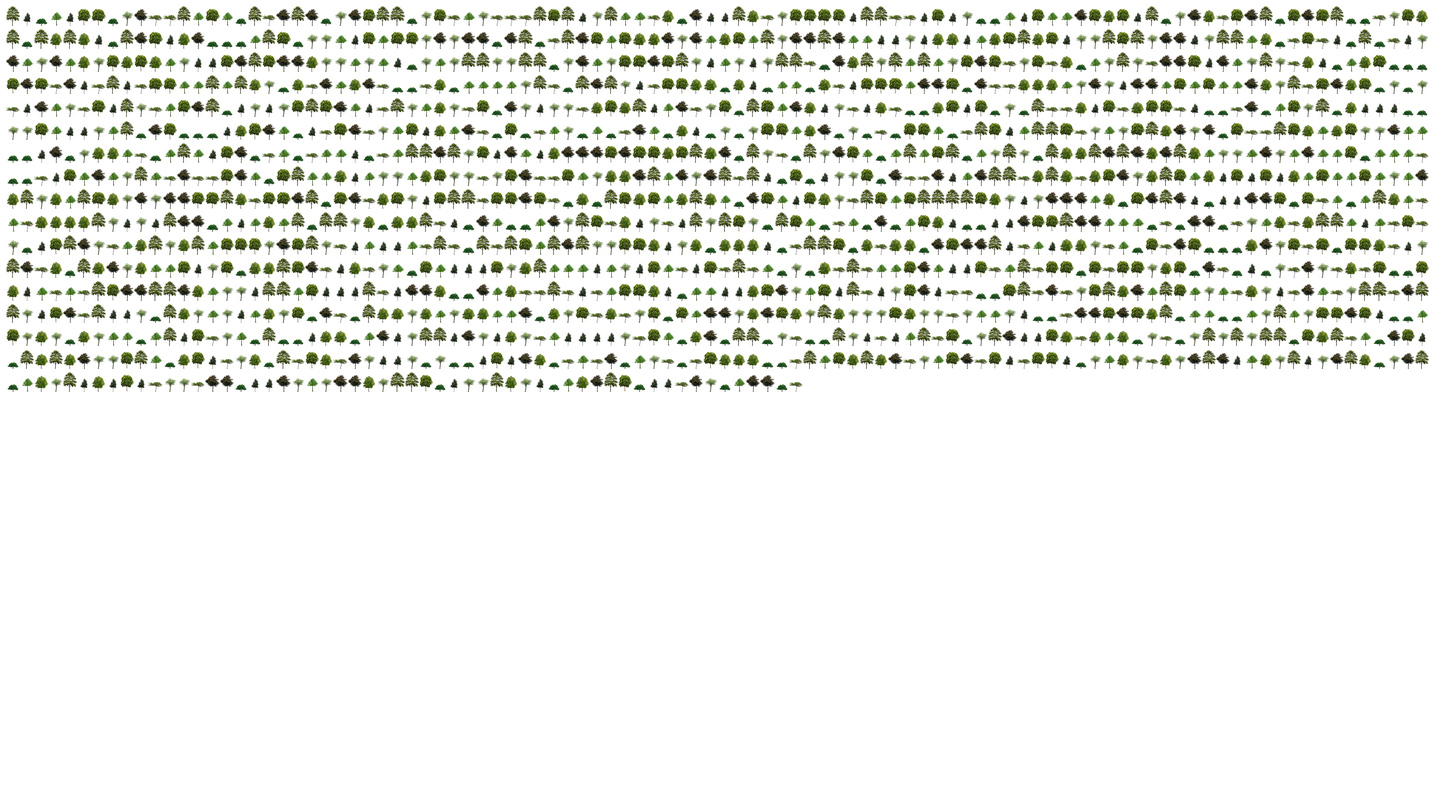Unsere so genannte vernetzte Gesellschaft hat es bisher versäumt, die Logik der Vernetzung in unser Leben zu übertragen. Die Bürger werden zunehmend maschinenähnlich und abhängig von Daten, was die Verbindung zwischen Mensch und Natur bedroht. Obwohl die meisten unserer täglichen Transaktionen über elektronische Geräte abgewickelt werden, wissen wir sehr wenig über die Geräte, die solche Interaktionen ermöglichen, oder mit anderen Worten, über die Fabrik, die jenseits der Schnittstelle liegt. Das Internet ist das größte "Ding", das die Menschheit je gebaut hat. Seine riesige Infrastruktur besteht aus Milliarden von Computern und tausenden von Kilometern Unterwasser- und Binnenkabeln. Diese immense Infrastruktur ruht auf den Schultern unschätzbarer unterstützender Technologien, die vom Publikum weitgehend unbemerkt bleiben: menschliche Arbeit, immaterielle Legionen von Algorithmen und ein enormer Verbrauch natürlicher Ressourcen. Im Jahr 2008 war das Internet bereits für die 2 % der weltweiten CO2-Emissionen verantwortlich und übertraf damit die der gesamten Luftfahrtindustrie. Die Anzahl der Benutzer und Netzwerkverbindungen ist seitdem rasant gestiegen. Doch trotz der wachsenden Zahl von Internetnutzern und Informationsflüssen bleibt die materielle Darstellung des Internets in der gesellschaftlichen Vorstellung verschwommen.
Erste Übersetzung www.DeepL.com/Translator, weiter bearbeitet von ur.
Lecture in partnership with the Department of Interface Cultures of the Kunstuniversität Linz (http://interface.ufg.at/).


